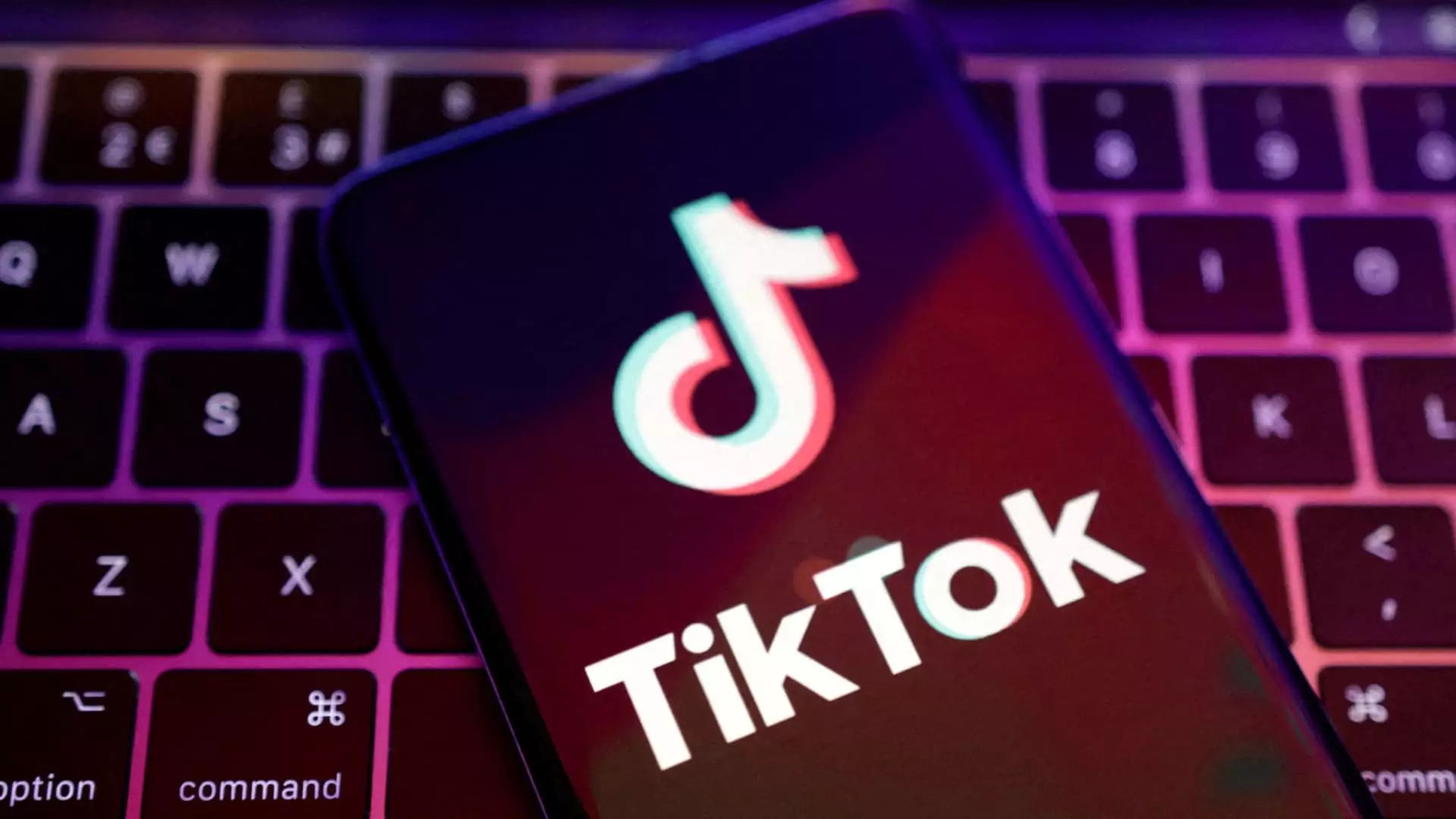In recent months, TikTok has faced mounting legal scrutiny that exposes the darker side of its addictive platform design. A landmark ruling by a New Hampshire court underscores this, as the judge rejected TikTok’s attempt to dismiss allegations that the app intentionally employs manipulative features aimed at its most vulnerable users—children and teenagers. This development marks a pivotal moment in the ongoing debate over the ethical responsibilities of social media giants. It reveals a pattern of corporations prioritizing profits over genuine concern for their youngest users’ well-being.
The lawsuit focuses on the premise that TikTok’s interface is crafted to foster compulsive usage, particularly through features that maximize engagement — thereby increasing ad exposure and e-commerce activity. The court’s acceptance of these claims emphasizes that the platform’s design, rather than merely its content, warrants scrutiny. By framing the lawsuit as targeting “defective and dangerous features,” the judiciary acknowledges that platform mechanics matter almost as much as the content itself when assessing user harm.
This legal battle illustrates that the core issue extends beyond individual posts or videos. Instead, it challenges the very architecture of TikTok’s platform—its algorithms, notifications, and infinite scrolling features—that serve to entrap users, especially impressionable children. It is a sobering reminder that technology’s power does not merely lie in what it shows, but how it is built to influence user behavior.
The Exploitation of Youth and the Illusion of Safety
A primary concern fueling these lawsuits is TikTok’s exploitation of young users’ developmental vulnerabilities. Despite the platform’s claims of offering safety measures such as default screen time limits and parental supervision features, critics argue these efforts are superficial. The core problem is that the underlying design incentivizes prolonged usage, which can be profoundly damaging.
The evidence suggests that TikTok’s developers knowingly embed features crafted to hook children—such as short-form videos that deliver instant gratification—a behavior pattern reminiscent of gambling addiction. This is particularly troubling because it systematically manipulates a demographic that is still forming their sense of self, attention span, and mental health. The platform’s e-commerce integration, TikTok Shop, further exacerbates this by capitalizing on impulsivity, encouraging in-app purchases and exploiting the susceptibilities of young consumers.
The insincerity of TikTok’s safety claims is glaring when juxtaposed with these manipulative features. The company’s assertions of deploying “robust safety protections” ring hollow when the core engagement mechanics remain designed for maximum stickiness and profit. The contradiction exposes a fundamental ethical dilemma: should a platform prioritize revenue when it jeopardizes the mental health and safety of its users?
Regulatory Failures and Industry-Wide Concerns
Importantly, this legal contest is part of a broader struggle to regulate social media corporations that have, so far, resisted meaningful oversight. Various states have taken action, targeting features rather than content, recognizing that the true danger lies within platform design. For example, lawsuits against Meta, Snapchat, and Discord reveal a pattern: these companies continue to draw criticism for prioritizing engagement over user safety.
Congress’s attempts to establish effective regulations, such as the Kids Online Safety Act, reflect widespread acknowledgment that existing rules are inadequate. Unfortunately, legislative inertia and corporate lobbying have hindered progress, leaving a gap that tech giants exploit to continue their manipulative practices unchecked.
TikTok’s predicament is further complicated by geopolitical tensions. The app’s future in the United States is uncertain due to ongoing calls for bans and forced divestments, rooted in concerns over data security and national security. While efforts to create a separate U.S.-specific version of TikTok attempt to sidestep these issues, they do little to address the fundamental problem: the platform’s addictive design and its impact on vulnerable populations.
A Critical Need for Ethical Accountability
What becomes clear from these developments is that digital platforms must embrace a higher standard of ethical accountability, especially when their design features exploit children. Rhetoric about safety and user protection is insufficient if platform mechanics continue to employ manipulative tactics under the guise of engagement.
The challenge moving forward is how to enforce transparent, child-centric design principles that genuinely prioritize well-being over profit. This requires comprehensive regulation, rigorous oversight, and a cultural shift within the tech industry—one that recognizes the moral responsibility of creating safer digital environments for future generations. Without decisive action, companies like TikTok risk perpetuating an epidemic of addiction, mental health issues, and exploitation among young users, all while cloaked in claims of safeguarding and innovation.


Leave a Reply